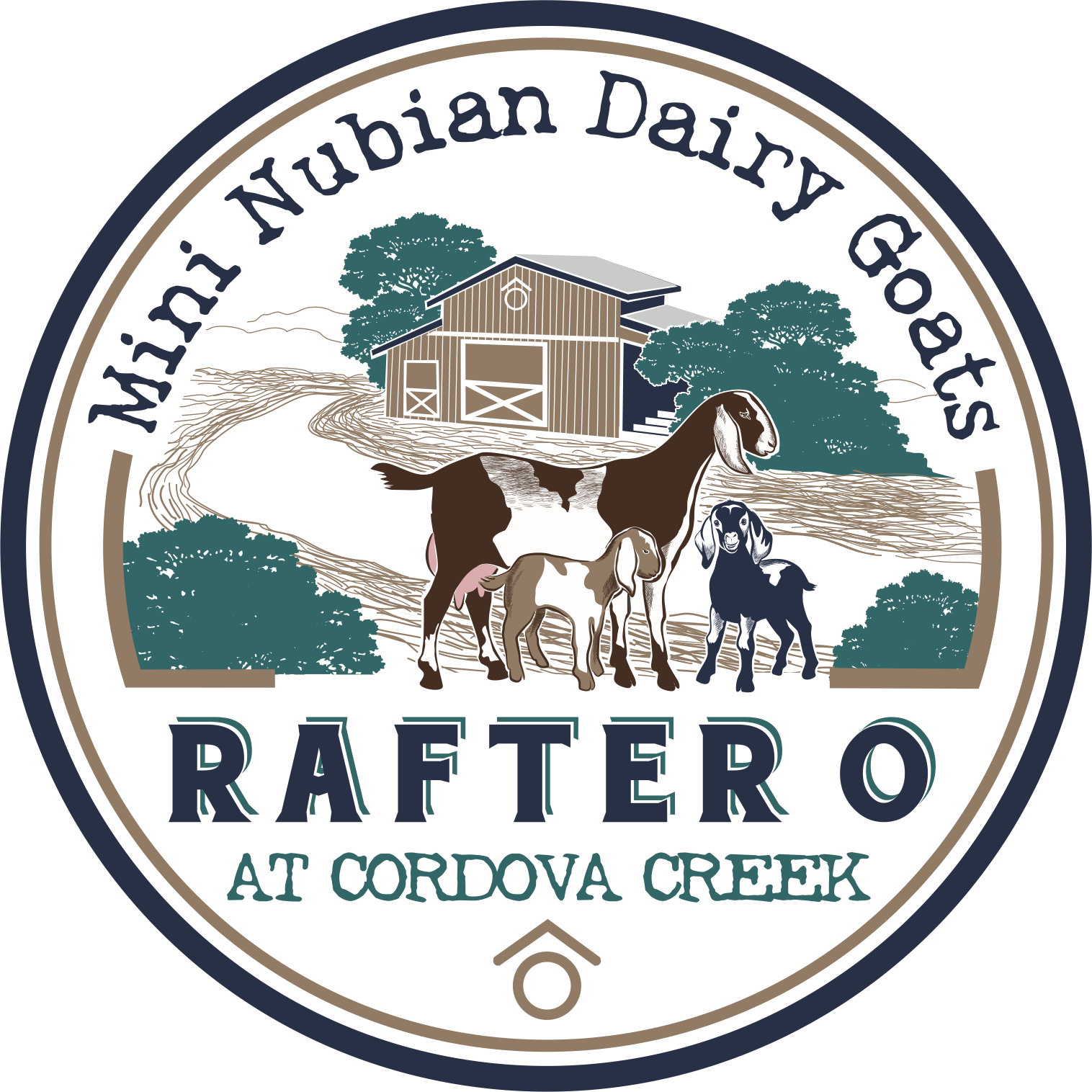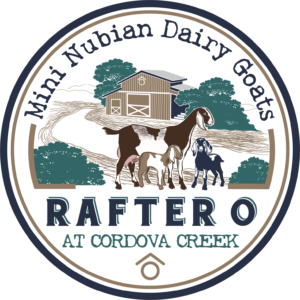protectors of the realm
Kangal Dogs
The Kangal Dog is an ancient livestock guardian breed from the Sivas province in central Turkey. Bred for centuries to protect sheep and goats from predators like wolves, jackals, and bears, these dogs developed a strong, consistent temperament and appearance, thanks to the isolation of their native region. The first Kangal Dog was brought to the United States in 1985, and the breed was officially recognized by the United Kennel Club in 1998.
The Kangal is also known as Kangal Kopegi or Sivas Kangal, named after the district in Turkey, where it originates.
Characteristics and History
Kangals are often described as the strongest dogs in the world, holding the record for the most powerful bite. While their size and strength might seem intimidating, these dogs are gentle and protective when it comes to the animals they guard. They were specifically bred to stand up to large predators like wolves and bears, which makes them perfect for guarding flocks.
Kangals are not herding dogs; their role is to protect the herd, not move it. They stay with their flock, fending off threats with their impressive size, bark, and courage.
The breed’s DNA is unique, and due to the isolation of the Sivas region, they have remained pure for centuries. Records of the Kangal date back to the 14th century, and they’ve been bred specifically for their predictable temperament and fierce loyalty.
Protectors of Livestock and Family
Why choose a breed as fierce as the Kangal? Simple – when your livestock is your investment, you need a guardian that you can trust. Kangals are reliable, predictable, and intelligent protectors, known for their ability to defend flocks from larger predators. Yet, they remain gentle with the animals they guard and even small children, viewing them as part of their “herd.”
Preserving the Kangal Legacy
The Kangal breed has become increasingly popular outside Turkey, especially in the U.S. and Europe, since its introduction in the 1980s. However, due to concerns over crossbreeding and the desire to protect the bloodlines of this national treasure, the Turkish government eventually banned the export of Kangals.
Although the Kangal shares similarities with other Anatolian breeds like the Karabash, Akbash, and Anatolian Shepherd, it remains distinct, with its own unique traits and history. Unlike some breeds, the Kangal hasn’t been overbred for show purposes, keeping its working instincts intact.
Kangal Dogs – A Guardian for All
Today, while they are still used predominantly for guarding livestock, the Kangal’s loyalty and protectiveness have made it a popular choice for families seeking a devoted guardian. This breed views its human family as part of its “flock,” offering the same fierce protection it would to sheep or goats.
With its remarkable temperament, strength, and unwavering loyalty, the Kangal continues to stand as one of the most revered and respected livestock guardian dogs in the world.
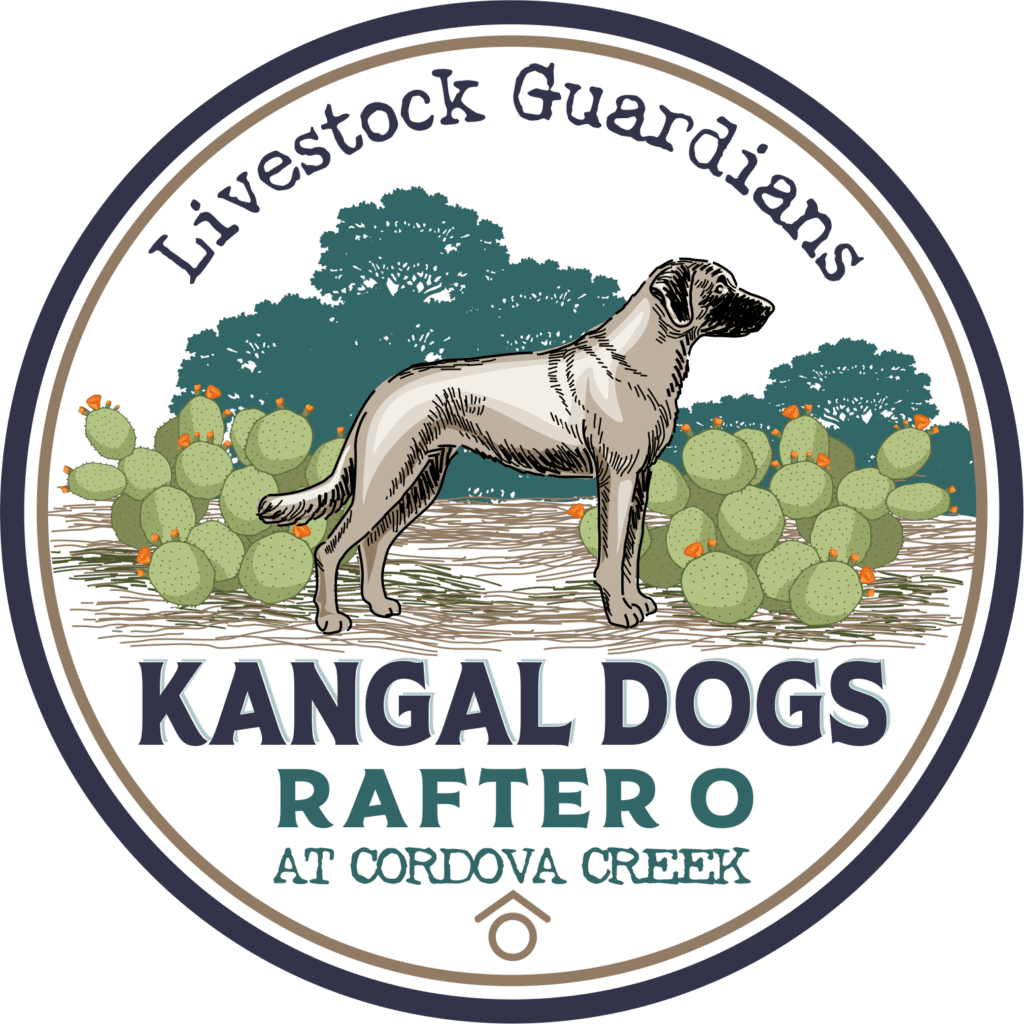
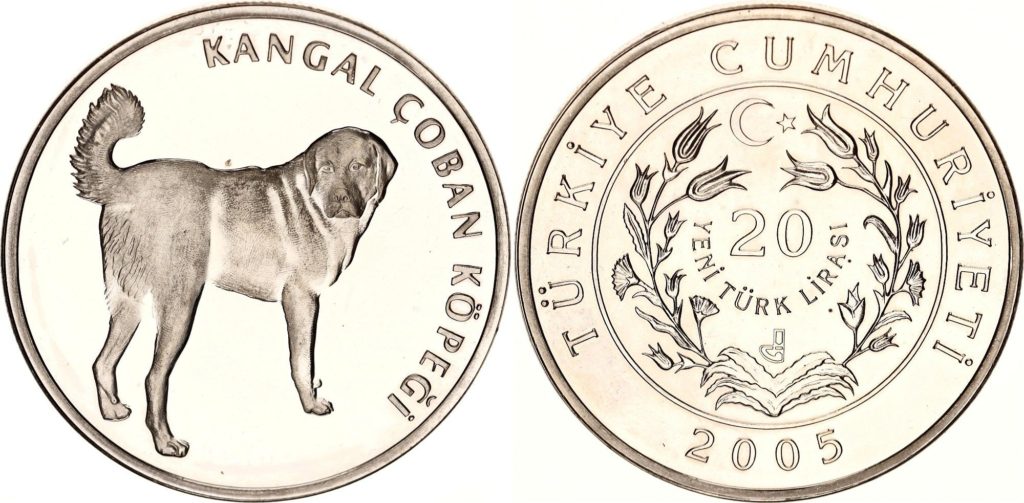
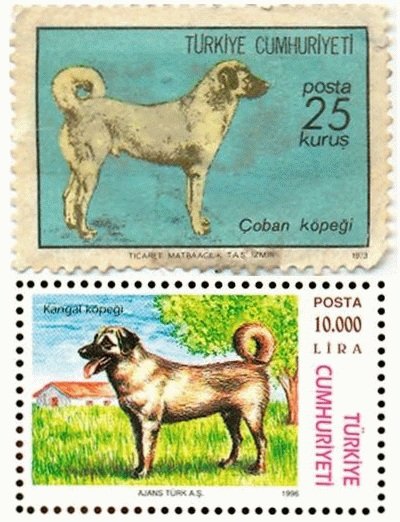
Turkey's national treasure
History of the Kangal Dog
The Kangal Dog is an ancient breed of livestock guardian dog with deep roots in the Anatolian region of Turkey. Genetic evidence links them to similar breeds found in Central Asia, suggesting a long history of migration and adaptation. It’s believed that starting in the 11th century, nomadic Turkic tribes migrating into modern-day Turkey brought their own working dogs along with them. The exact influence of these early dogs versus the native Anatolian dogs remains a point of debate. However, the Kangal Dog as we know it today was developed primarily in the Kangal District of Sivas Province in central Turkey.
Although the breed takes its name from this region, Kangals were historically found throughout the high Anatolian plateau, where they played a crucial role in protecting flocks of sheep and goats from predators like wolves, bears, and jackals. They were prized by both landowners, or aghas, and local shepherds, who relied on these dogs for their powerful protective instincts.
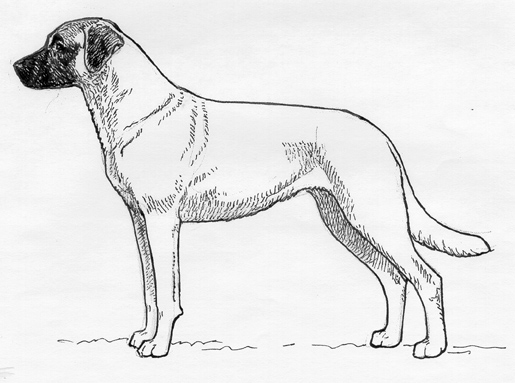
Kangal Dogs were particularly valued for their ability to guard livestock both close to villages and in the yaylas—the high mountain pastures used during the summer months. Over time, however, as people left rural areas for urban centers, the tradition of raising livestock and using Kangals in villages began to decline. This shift led to a rise in the use of Kangal mixes, which can now be found in more urban environments.
Despite this change, the Kangal Dog remains a national treasure in Turkey, where it is a symbol of cultural pride. The breed is celebrated in various festivals and even appears on Turkish postage stamps and commemorative coins.
Introduction to the United States
The Kangal Dog was first introduced to the United States in 1985 by David and Judith Nelson, who conducted fieldwork on livestock guardian dogs in Turkey during the 1970s. Their efforts, along with subsequent imports, laid the foundation for the Kangal Dog’s presence in the U.S. The breed was officially recognized by the United Kennel Club in 1998.
However, as demand for the breed grew, there was concern over the crossbreeding of Kangals with other dogs. To protect the breed’s integrity and preserve its unique bloodlines, the Turkish government imposed a ban on the export of Kangals. This was a crucial step to prevent the dilution of the breed, which had been kept pure for centuries due to its remote and isolated origins.
Kangal Dog Club of America (KDCA) History
 The Kangal Dog Club of America, Inc. (KDCA) was established in 1984 with the goal of preserving and promoting the Kangal Dog, a beloved and ancient breed from Turkey. In 1989, the club was incorporated as a non-profit corporation. The first president of the KDCA was David D. Nelson, who, along with his wife Judith, became the first Western observers to document and report the name “Kangal Dog” in international canine literature. Their groundbreaking work was published in the book “Akbash Dog: A Turkish Breed for Home & Agriculture“ (Nelson & Nelson, 1983), where they connected the Kangal Dog to its status as a distinct Turkish breed.
The Kangal Dog Club of America, Inc. (KDCA) was established in 1984 with the goal of preserving and promoting the Kangal Dog, a beloved and ancient breed from Turkey. In 1989, the club was incorporated as a non-profit corporation. The first president of the KDCA was David D. Nelson, who, along with his wife Judith, became the first Western observers to document and report the name “Kangal Dog” in international canine literature. Their groundbreaking work was published in the book “Akbash Dog: A Turkish Breed for Home & Agriculture“ (Nelson & Nelson, 1983), where they connected the Kangal Dog to its status as a distinct Turkish breed.
The original mission of the Kangal Dog Club of America was clear: to preserve the identity and name of the Kangal Dog—a breed that had long been cherished in Turkey but was facing the threat of extinction. The KDCA’s founders, alongside a group of dedicated foundation breeders, worked alongside both Turkish society and the Turkish government to ensure the survival of this remarkable dog. Their efforts were vital in saving an endangered breed and securing its future for generations to come.
One of the KDCA’s significant contributions was the creation of a pure enclave of Turkish Sivas-Kangal Dogs in the United States. This effort helped establish a strong foundation for the breed outside of Turkey. In addition, the KDCA worked diligently to educate the public about the Kangal Dog—its unique characteristics, its importance in Turkish culture, and its role as a loyal and powerful livestock guardian.
Through these efforts, the KDCA played a pivotal role in ensuring the survival and recognition of the Kangal Dog, not just as a Turkish national treasure but also as a respected and admired breed worldwide.
characteristics of the Kangal Dog
Working Traits
The Kangal Dog is first and foremost a livestock guardian, and its temperament reflects that crucial role. These dogs are naturally alert, territorial, and defensive, especially when it comes to the animals or human family they’ve bonded with. They have the strength, speed, and courage necessary to protect flocks of sheep and goats from predators, whether they be wolves, bears, or coyotes. While Kangals prefer to intimidate potential threats, they will not hesitate to physically confront or even attack if the situation demands it.
Protective Nature and Instincts
Kangals are known for their instinctive wariness of unfamiliar dogs, but they tend not to be aggressive toward people unless provoked. When it comes to strangers, they are typically reserved and will usually look to their owner for reassurance. This makes them excellent working dogs that can assess situations on their own, while remaining respectful and calm around those they trust.
Physical Traits and Agility
Kangals are incredibly agile and fast, capable of reaching speeds up to 35 miles per hour. This speed allows them to effectively patrol large areas and chase down threats if necessary.
Patrolling and Guarding Behavior
A working Kangal will often position itself on a high vantage point, surveying the herd from a position where it can monitor for potential threats. On hot days, they dig into the ground to create a cool resting place. They work either individually or in teams, depending on the size of the herd they’re guarding. As night falls, their vigilance intensifies, and their patrols become more frequent and thorough.
If a Kangal detects something suspicious, it will stand with its tail and ears erect, often issuing an alarm call. This alerts the livestock to gather behind the dog for protection. Their first instinct is to place themselves between the perceived threat and the livestock, acting as a physical shield. If the threat doesn’t retreat, the Kangal will confront it directly.
Confrontation and Predatory Defense
When facing a predator such as a wolf, coyote, or another large threat, the Kangal’s presence is often enough to scare the intruder away. However, if the predator refuses to back down, the Kangal will take a physical stand, relying on its strength, speed, and fierce determination. Interestingly, Kangals are also known to use their massive front paws to strike at challengers, similar to a cat’s swat. This unique trait may explain why they’ve been referred to as “Turkish Lions” in historical references.
Nocturnal Nature
One of the fascinating aspects of the Kangal is its nocturnal behavior. While they are typically active during the night, they sleep through the day, conserving energy for their nighttime patrols. This aligns with their role as guardians, since many of the predators they protect against are more active under the cover of darkness.
With their combination of natural instincts, physical power, and tireless dedication, Kangals are one of the most effective and respected livestock guardian dogs in the world.
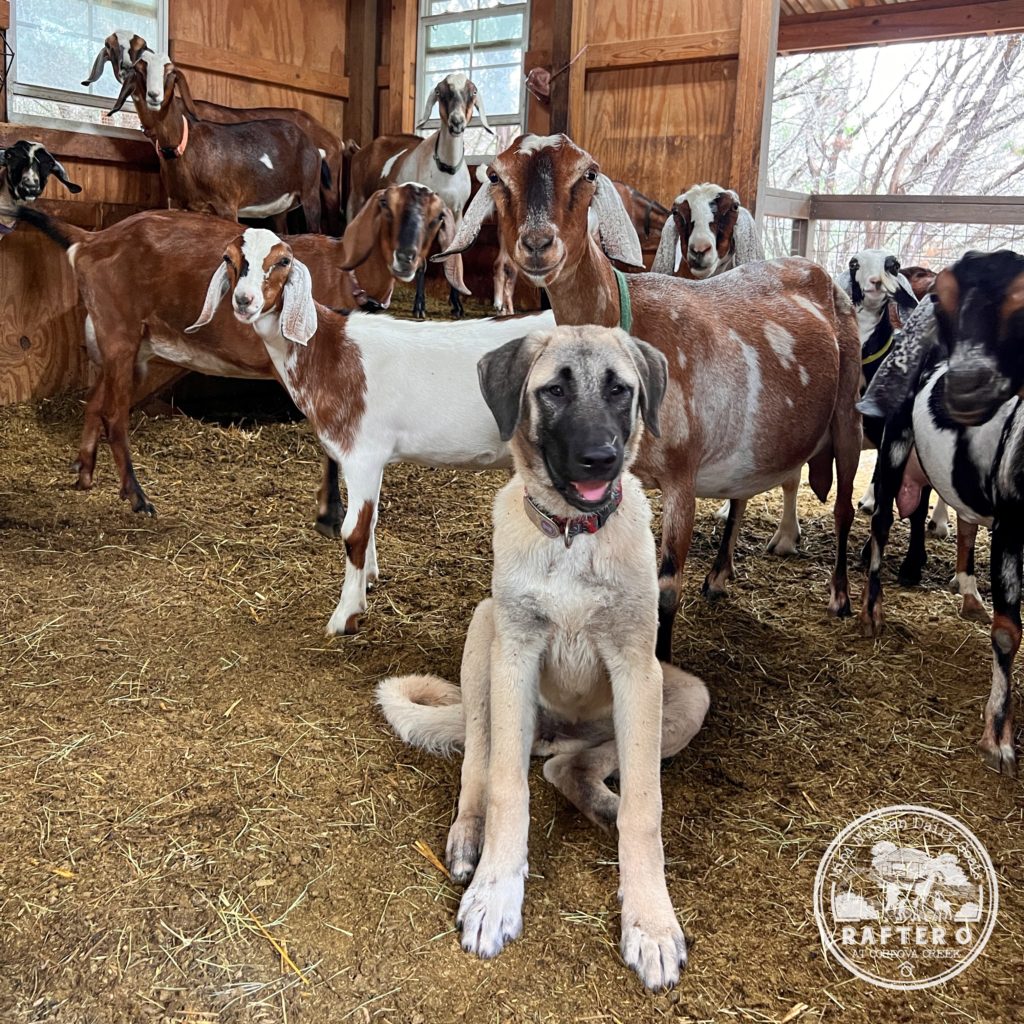
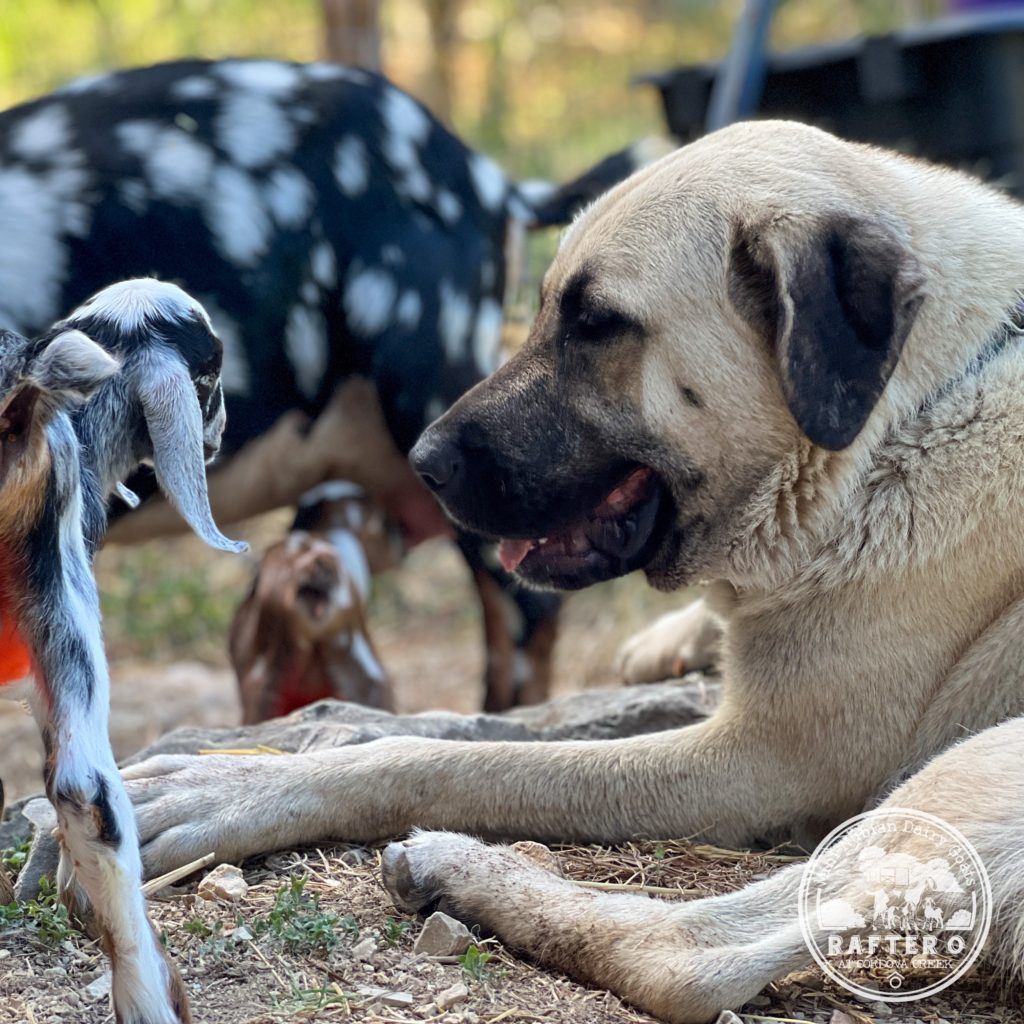
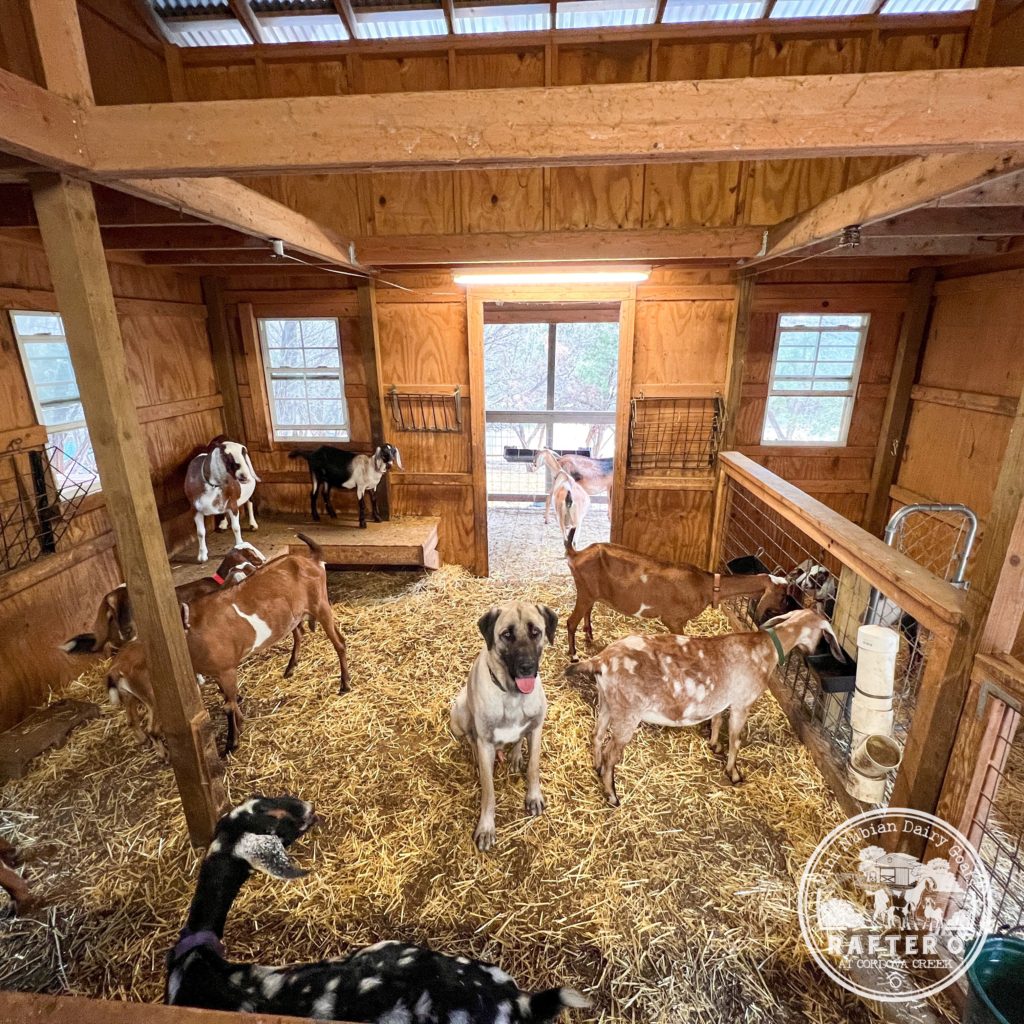


protective & loyal disposition
Temperament
The Kangal Dog is fiercely protective of the livestock it guards, and its instincts drive it to be a devoted and loyal guardian. They form strong bonds with their flock and, interestingly, also have a special affinity for women and children, often displaying a gentle and affectionate side toward them. This makes them not only exceptional working dogs but also surprisingly good family companions when raised in the right environment.
Wariness and Independence
Kangals have an instinctive wariness of unfamiliar dogs. They tend to be reserved and cautious around strange dogs but aren’t typically aggressive unless provoked. When it comes to people, they are usually not belligerent, though they can be guarded and reserved, especially if they haven’t been introduced properly. If the owner is present, offering reassurance, the Kangal will often calm down and assess the situation more comfortably.
Personality Traits
Kangals are known for their independent nature, which is a key trait in livestock guardian dogs. They are dominant in their behavior, often taking the lead when it comes to guarding the flock or property. Despite their dominance, they are not overly demanding of attention, and many are low energy when not working, preferring to relax and conserve energy for their duties.
Though moderately reactive, Kangals are usually calm unless a real threat is detected. They act decisively when it comes to protecting what they consider theirs, but outside of these moments, they’re typically laid-back and composed.
In summary, the Kangal’s temperament is one of balance—it’s fiercely protective and independent, yet affectionate and calm with those it trusts, making it an excellent guardian for both livestock and family.
a large, powerful breed
Appearance
General Build
The Kangal Dog is a large, powerful breed with a muscular and well-proportioned body that has developed over centuries of guarding livestock against predators in the rugged landscapes of Turkey. The breed’s size and structure are perfectly suited for its role as a guardian.
- Head: The Kangal has a large, moderately wide head with drop ears, giving it a solid, imposing appearance.
- Proportions: The Kangal is slightly longer than tall, with the length (measured from the prosternum to the point of the buttocks) being a bit greater than the height (measured from withers to the ground). The length of the front legs (from the point of the elbow to the ground) should be just over half of the dog’s height.
- Tail: The Kangal’s tail is typically curled, completing its distinctive silhouette and adding to its majestic look.
Coat and Color
The Kangal’s double coat is designed to protect it from both extreme cold and heat, making it ideal for a variety of climates. The undercoat provides insulation, while the outer coat is dense, moderately short, and weather-resistant, helping to keep the dog dry in rain or snow.
- Coat Texture: The coat is thick and dense enough to resist damage from predator bites, an essential trait for a dog that regularly faces dangerous wildlife.
- Color: The Kangal’s coat color ranges from cream to pale tan or fawn, with some dogs appearing more gray due to the darker (sable) hairs in the outer coat. The breed’s coat is always solid, with the defining feature being the black mask that may cover the entire muzzle and extend over the top of the head.
- Ears: The Kangal’s ears are always black, which creates a striking contrast with its lighter body color.
- Scars and Injuries: The breed’s working nature means that honorable scars or signs of injury are common and should not be penalized, as they represent the dog’s dedication and protective instincts.
Size and Proportions
Kangals are a large and imposing breed, with males generally being bigger than females. The typical height for a fully matured Kangal is:
- Males: 29 to 33 inches at the withers
- Females: 27 to 31 inches at the withers
The weight for an adult Kangal typically falls within these ranges:
- Males: 110 to 145 pounds
- Females: 90 to 130 pounds
However, both height and weight can exceed these ranges in some individuals as long as overall balance is maintained.
Physical Traits and Speed
Kangals are long-bodied dogs with long legs, making them agile and fast, despite their size. They are capable of reaching speeds up to 35 miles per hour, which allows them to quickly chase down or intercept threats. Additionally, Kangals have one of the strongest bites in the canine world, with a bite force of 743 pounds, far exceeding that of a wolf (408 pounds) or a Rottweiler (328 pounds).
In summary, the Kangal Dog’s appearance reflects its strength, power, and adaptability. Its robust physique, dense coat, and impressive size make it not just an incredible working dog, but also a magnificent and protective companion.
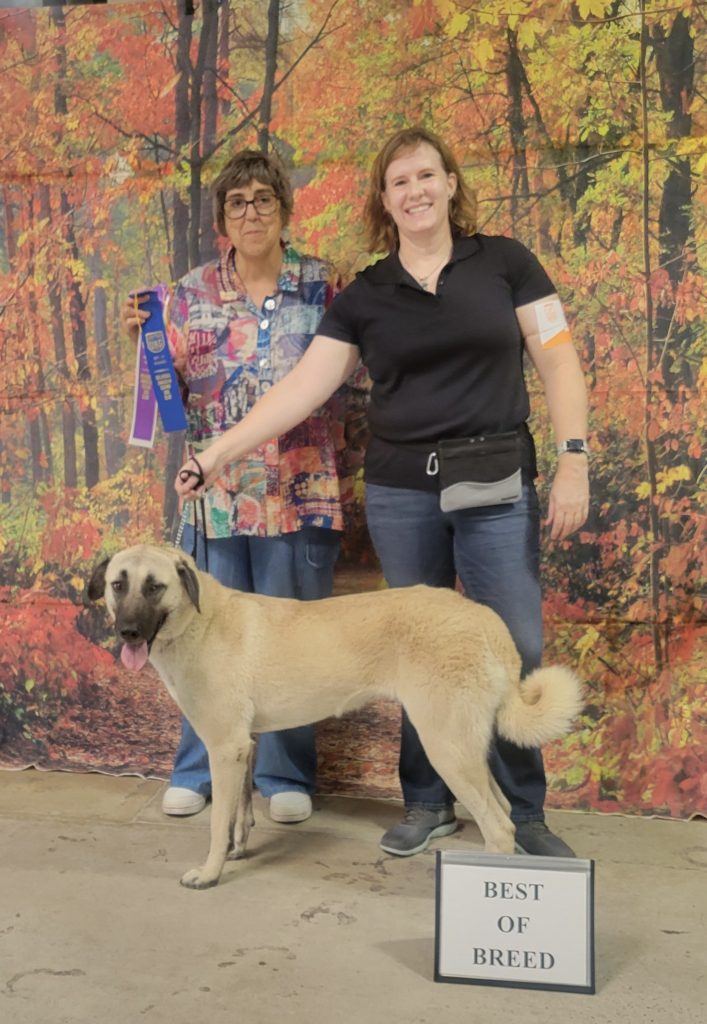
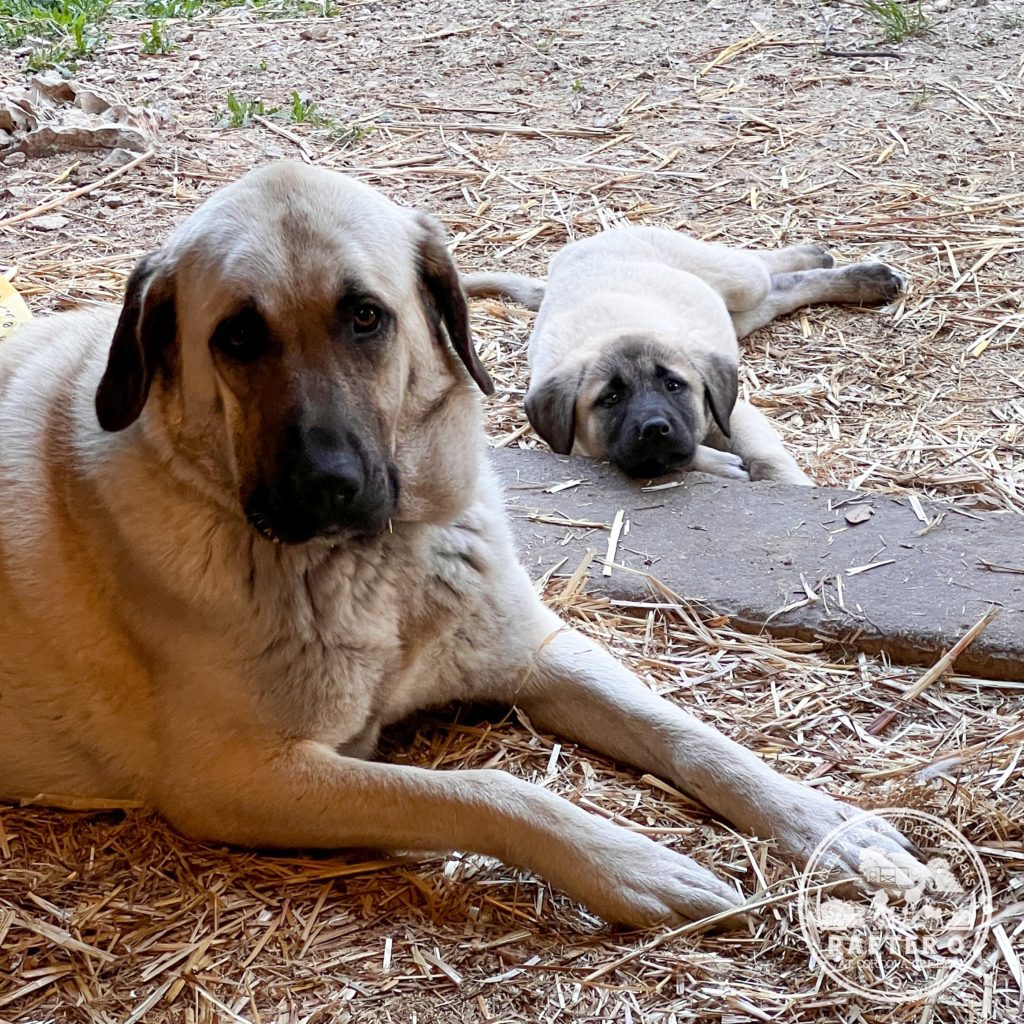

preservation
Responsible & Ethical Breeder
The Kangal Dog is a proud and ancient Turkish breed known for its exceptional qualities—courage, loyalty, and a stable temperament. As responsible breeders, our primary goal is to preserve the genetics and heritage of this remarkable breed. We focus on producing healthy, well-tempered, and conformationally correct Kangal Dogs that excel in their roles as livestock guardians.
We are proud to work with a network of ethical breeders who share our passion for maintaining the integrity of the Kangal breed. Our mentor and co-owner, Tamara Taylor of Turkmen Kangal Dogs, visited Turkey with David and Judith Nelson and is one of the foundation kennels for the Kangal Dog in the United States.
Our Commitment to Heritage and Working Traits
Our Kangal Dogs are raised in an environment that mirrors their working roots. We emphasize the importance of socialization, and all our dogs are well-acquainted with children and adults from an early age, ensuring they are calm and confident with people. However, we also stay true to the Kangal’s heritage as a working livestock guardian dog.
To ensure the best working abilities, our dogs are raised where younger dogs learn from older, experienced dogs. This natural mentorship allows them to develop strong guarding instincts and a deep understanding of their role, preparing them to be reliable, intelligent protectors.
By focusing on these core aspects—preserving the genetics, maintaining the working heritage, and ensuring the health and temperament of our dogs—we aim to produce Kangal Dogs that are not only loyal and dedicated but also outstanding working partners for years to come.
